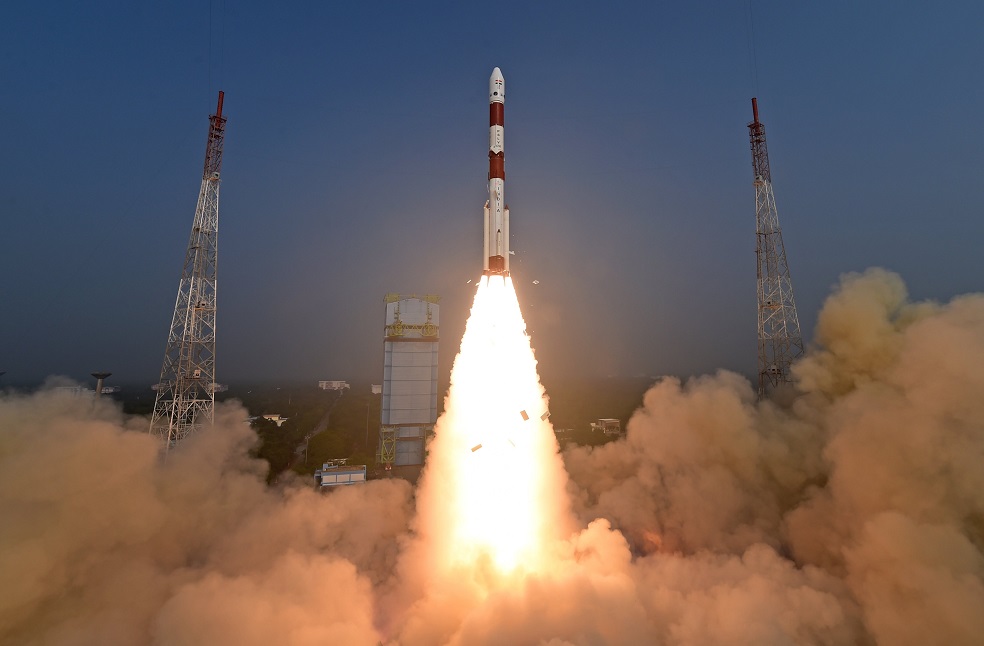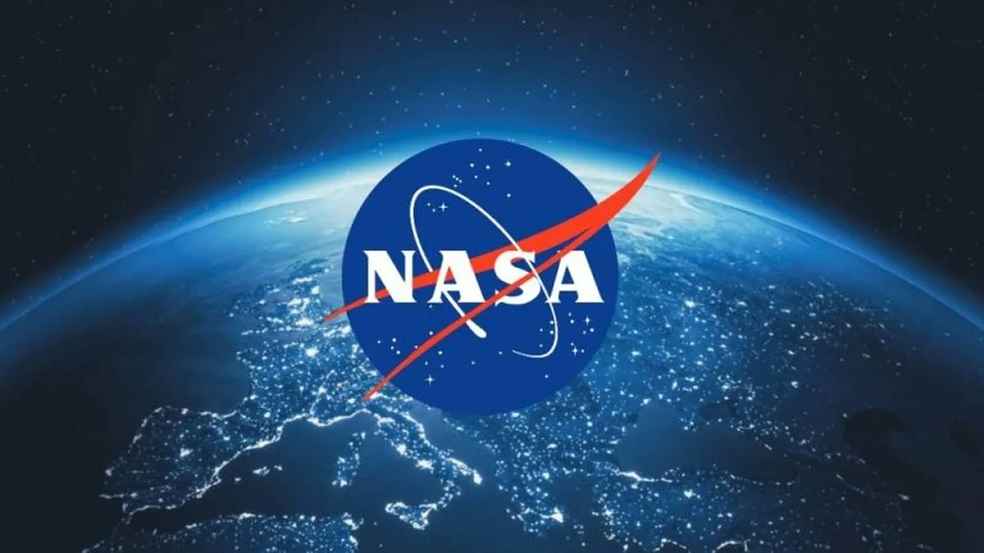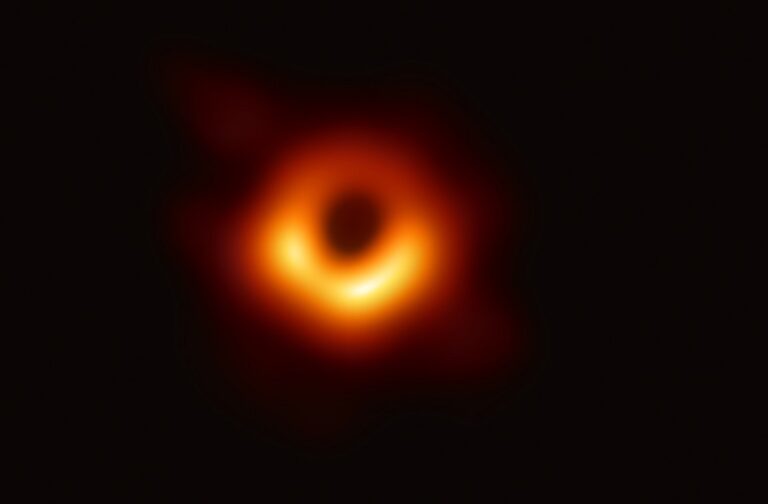A black hole is the most fascinating object in space. Something so densely gravitational that not even light can escape from a black hole.
The majority of black holes are formed from the remains of massive stars that explode in supernovae, as per NASA. It is possible that there are more than 100 million black holes in the Milky Way, but finding these ravenous monsters is quite challenging.
As part of a massive space exploration project, India launched its first satellite on Monday to study black holes.

India will be the second nation to use an astronomical space observatory to study black holes and other celestial objects. Following the launch of a similar mission in 2021, NASA has made unexpected discoveries.
The Indian Space Research Organisation’s (ISRO) mission is part of the nation’s larger space objectives, which also include launching three astronauts into low-Earth orbit and returning them three days later.
Only China, Russia, and the US presently conduct manned space missions; if India’s attempt is successful, it will become the fourth nation to do so.

The X-ray Polarimeter Satellite (XPoSat), a satellite built by ISRO, will study black holes in great detail. The XPoSat satellite was built at an approximate cost of $30 million, with a five-year lifespan predicted.
In 2019, the Event Horizon Telescope (EHT) collaboration with NASA managed to take the first picture of a black hole. Scientists worldwide were ecstatic to see the stunning image of the black hole located 55 million light-years away from Earth at the centre of the M87 galaxy.

Black holes were predicted as an exact mathematical solution to Einstein’s equations. Space’s configuration surrounding matter is described by Einstein’s equations. General relativity establishes a connection between the precise distribution of matter and shape or geometry.
This latest mission, just one of several projects Isro has planned to carry out this year, will hopefully unveil more exciting details about the black hole, as per the statement.



